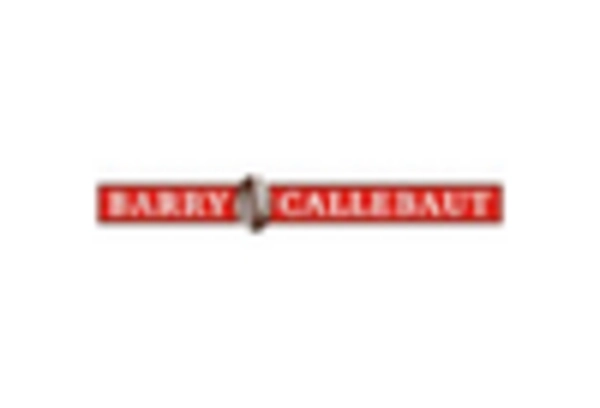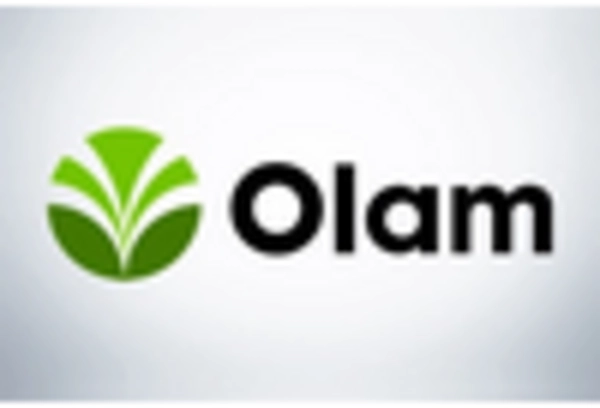The food inclusions market in the UK is characterized by a dynamic competitive landscape, driven by innovation, consumer demand for diverse flavors, and the increasing popularity of health-conscious products. Major players such as Barry Callebaut (CH), Cargill (US), and Kerry Group (IE) are strategically positioned to leverage these trends. Barry Callebaut (CH) focuses on premium chocolate inclusions, emphasizing sustainability and ethical sourcing, which resonates with the growing consumer preference for responsible products. Cargill (US), on the other hand, is enhancing its portfolio through strategic acquisitions and partnerships, aiming to expand its reach in the health and wellness segment. Kerry Group (IE) is investing heavily in R&D to develop innovative flavor solutions, thereby solidifying its competitive edge in the market. Collectively, these strategies indicate a shift towards a more innovation-driven competitive environment, where companies are not only competing on product offerings but also on sustainability and consumer engagement.
Key business tactics employed by these companies include localizing manufacturing to reduce lead times and optimize supply chains, which is crucial in a market that demands rapid response to consumer trends. The competitive structure of the food inclusions market appears moderately fragmented, with several key players holding substantial market shares while also facing competition from smaller, niche companies. This fragmentation allows for a diverse range of products and innovations, fostering a competitive atmosphere that encourages continuous improvement and adaptation.
In September 2025, Barry Callebaut (CH) announced the launch of a new line of plant-based chocolate inclusions aimed at the growing vegan market. This strategic move not only aligns with current consumer trends towards plant-based diets but also positions the company as a leader in sustainable chocolate production. The introduction of these inclusions is likely to attract health-conscious consumers and expand Barry Callebaut's market share in a rapidly evolving segment.
In October 2025, Cargill (US) completed the acquisition of a local flavoring company, enhancing its capabilities in the food inclusions sector. This acquisition is significant as it allows Cargill to integrate innovative flavor technologies into its existing product lines, thereby improving its competitive positioning. The move is expected to bolster Cargill's offerings in the health and wellness category, catering to the increasing consumer demand for functional food products.
In August 2025, Kerry Group (IE) launched a new digital platform aimed at streamlining customer interactions and enhancing product customization. This initiative reflects the growing trend of digital transformation within the food industry, allowing Kerry Group to respond more effectively to customer needs and preferences. By leveraging technology, the company is likely to improve its operational efficiency and strengthen customer loyalty, which is essential in a competitive market.
As of November 2025, current trends in the food inclusions market are heavily influenced by digitalization, sustainability, and the integration of AI technologies. Strategic alliances among key players are increasingly shaping the competitive landscape, enabling companies to pool resources and expertise to drive innovation. Looking ahead, it appears that competitive differentiation will evolve from traditional price-based competition to a focus on innovation, technology, and supply chain reliability. This shift suggests that companies that prioritize these aspects will likely gain a competitive advantage in the increasingly complex market.

















Leave a Comment